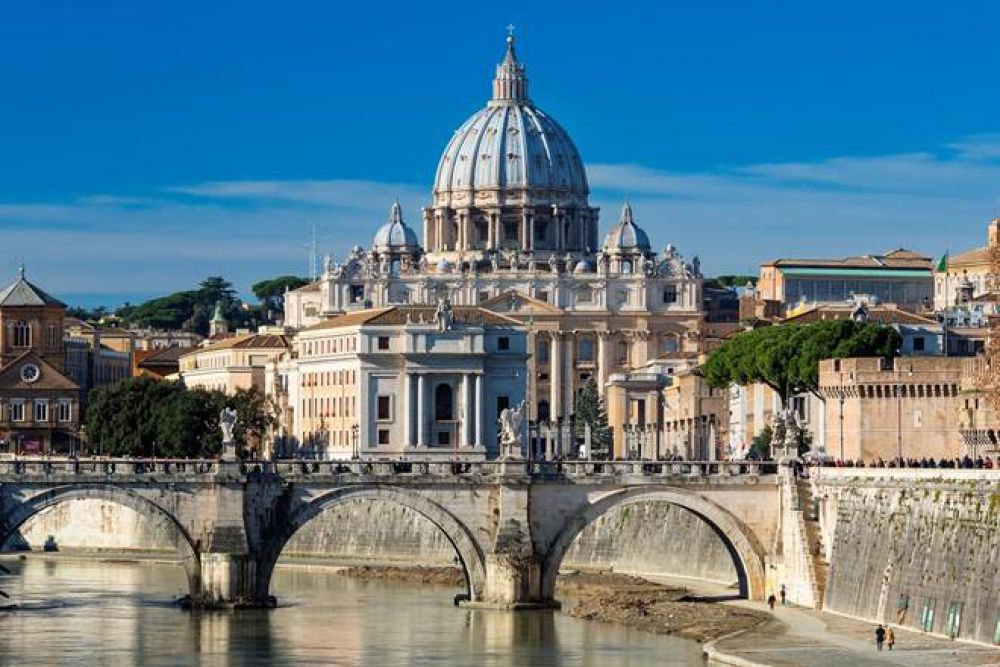

The Sistine Chapel, located in Vatican City, is one of the most iconic and significant sites in the history of art and Christian culture. Constructed between 1473 and 1481 under the direction of Pope Sixtus IV—after whom it is named—the chapel is renowned for its breathtaking Renaissance art, most notably the ceiling and Last Judgment painted by Michelangelo.
The Sistine Chapel's ceiling was painted between 1508 and 1512, a massive project that Michelangelo initially resisted. However, once completed, the ceiling's intricate depictions of biblical scenes, including the renowned 'Creation of Adam', would go on to mesmerize visitors for centuries. Later, between 1536 and 1541, Michelangelo returned to the chapel to paint 'The Last Judgment' on the altar wall, another masterpiece that attracts countless visitors.
Since its inception, the Sistine Chapel has been a place of religious significance and artistic pilgrimage. However, it was during the Grand Tour period of the 17th and 18th centuries that the chapel began to see significant numbers of visitors, as it became a staple attraction for European nobility and intellectuals seeking cultural education. With the advent of modern tourism and easier travel in the 19th and 20th centuries, the Sistine Chapel's fame spread even wider, ensuring its place on the itinerary of virtually any tourist to Rome.
Today, the Sistine Chapel is one of the most visited landmarks in Italy. It is part of the Vatican Museums, which collectively receive millions of visitors each year. To accommodate the growing demand, advanced ticket purchasing and guided tour services have become increasingly vital. Despite its popularity, access to the chapel is strictly regulated to preserve the art from damage caused by exposure to light, humidity, and the breath of visitors.
Virtual Tourism: One of the latest trends in experiencing the Sistine Chapel is through virtual tours, which have soared in popularity especially following global travel restrictions. These online experiences allow visitors from all over the world to view the incredible artwork in high definition from the comfort of their homes.
Special Openings: In response to the visitor influx and the unique experience sought by many, the Vatican has occasionally offered special night openings or limited-attendance tours, giving tourists a more intimate viewing experience.
Responsible Tourism: With a growing emphasis on cultural preservation and sustainable tourism, efforts have been made to educate visitors on the importance of respecting the sacred nature and artistic value of the chapel. Booking systems and visitor limits are part of such efforts, aiming to provide a balance between tourism and conservation.
The future of tourism at the Sistine Chapel continues to evolve with technology and the global commitment to sustainability. Institutions are exploring innovative ways to share the Sistine Chapel with the world, while protecting it for future generations. As tourism trends shift towards more immersive and conscious experiences, the Vatican's approach to managing this extraordinary site will undoubtedly keep adapting to ensure that the Sistine Chapel remains an awe-inspiring destination for many years to come.